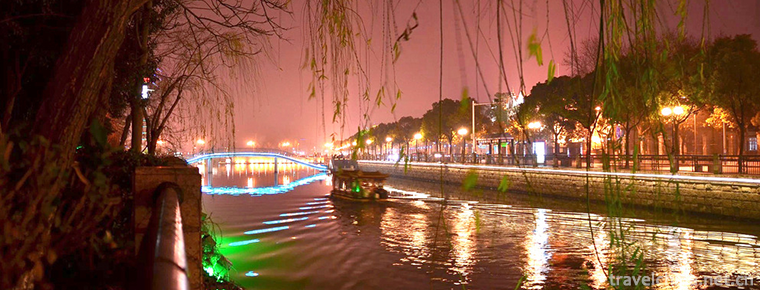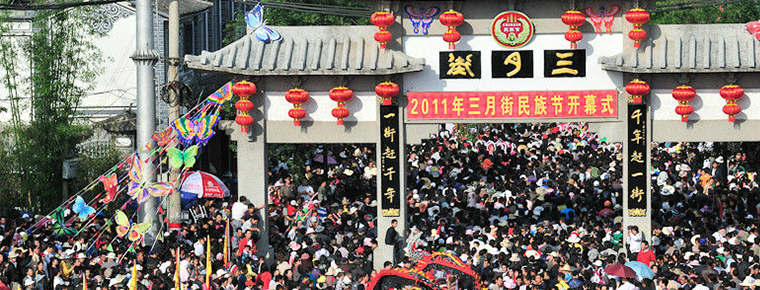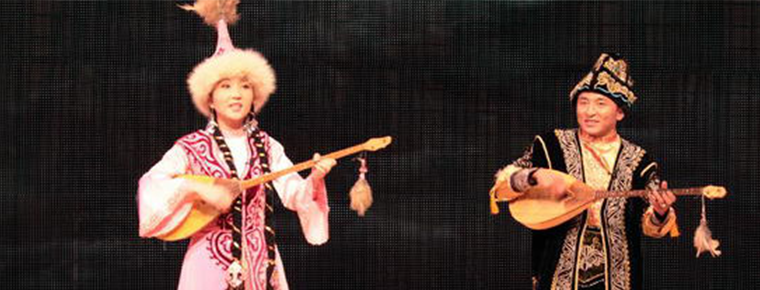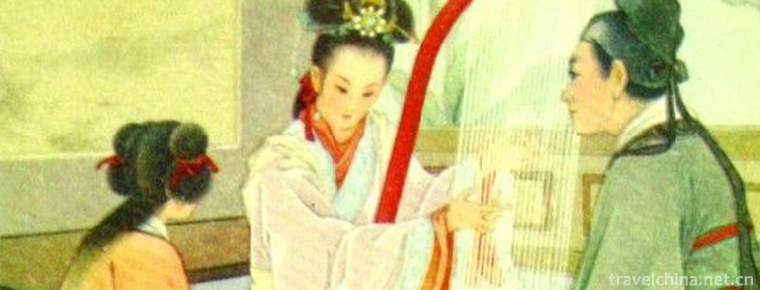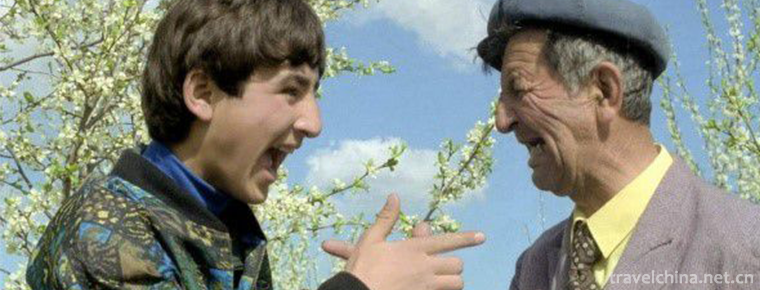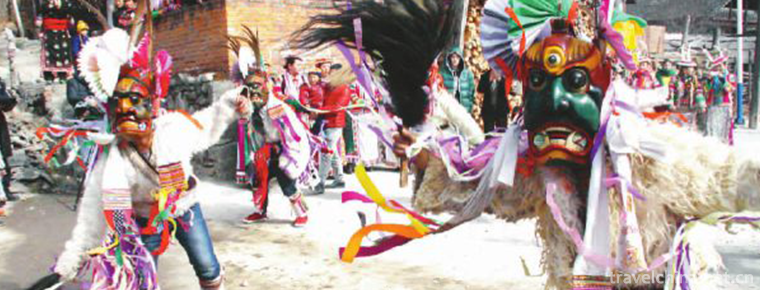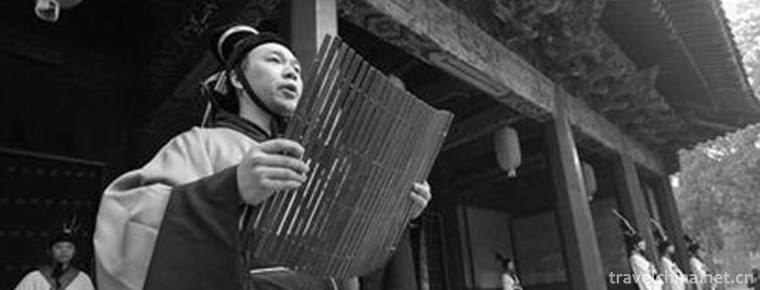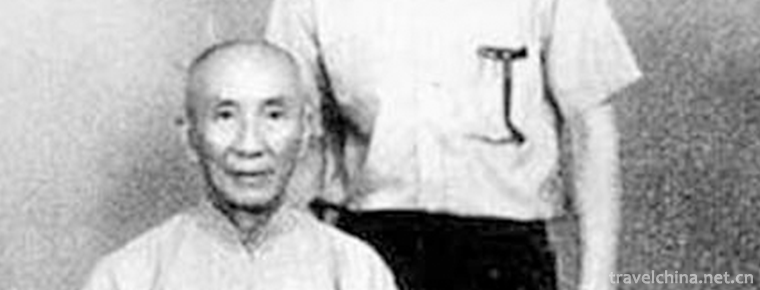Huizhou cake
Huizhou cake, originally named "jujube mud crisp baked bread", is a traditional feature in Huizhou area, Anhui Province. During the Guangxu period, a caterer in Huizhou made this cake and sold it in Yangzhou. It was very popular with the eaters, so it was called "Huizhou cake" locally.
Huizhou, today's Huangshan City, Jixi County and Wuyuan County in Jiangxi Province. From the Eastern Han Dynasty, Xindu County, Xin'an County, Shezhou County, etc., Song Huizong Xuan and three years (1121 A.D.) changed Shezhou into Huizhou, three generations of Li, Ming and Qing Dynasties, unified "one government and six counties" (Huizhou Prefecture: Shexian, Xiuning, Wuyuan, Qimen, Yixian, Jixi, except Wuyuan. It belongs to Jiangxi Province, and the rest belong to Anhui Province.) The administrative edition is relatively stable. In July 1988, Huangshan City was officially established at Prefecture level.
Huizhou is the birthplace of Huizhou businessmen. During the Ming and Qing Dynasties, Huizhou businessmen dominated the Chinese business circles for more than 300 years, with the saying that "no town without Huizhou" and "Huizhou businessmen are all over the world". Huizhou culture is also Huizhou. The Huizhou School, which is composed of Huizhou merchants, Huizhou operas, Huizhou cuisine, Huizhou carvings, Xin'an Neo-Confucianism, Xin'an Medicine, Xin'an Painting School, Hui seal carvings, Hui architecture, Hui bonsai and other cultural schools, is more extensive and profound. It has the same influence as Dunhuang and Tibetology.
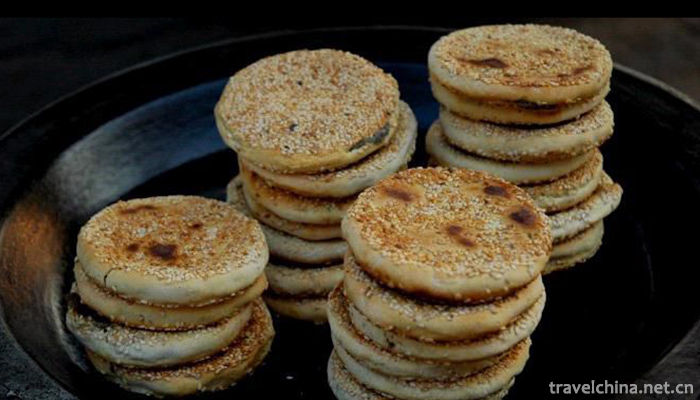
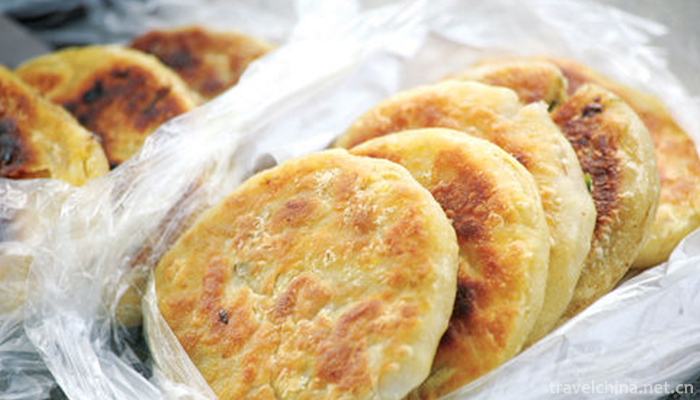
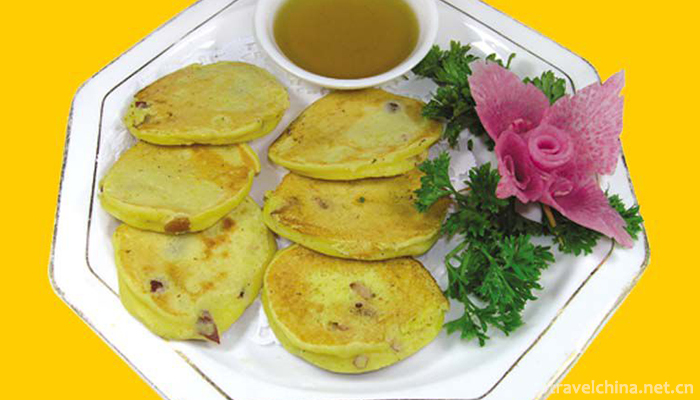
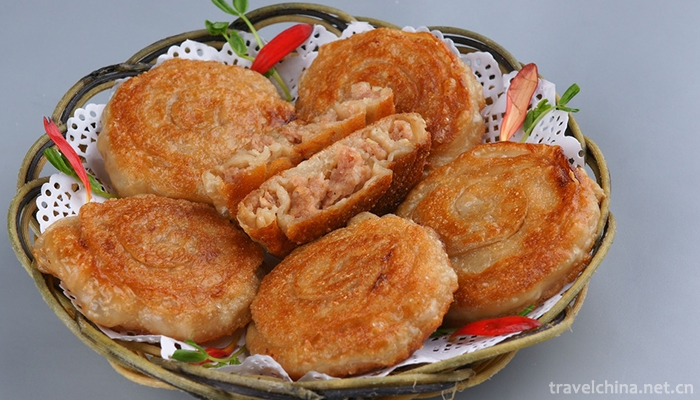
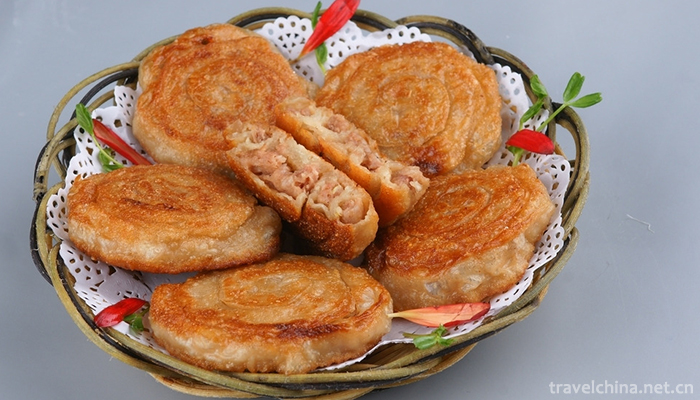
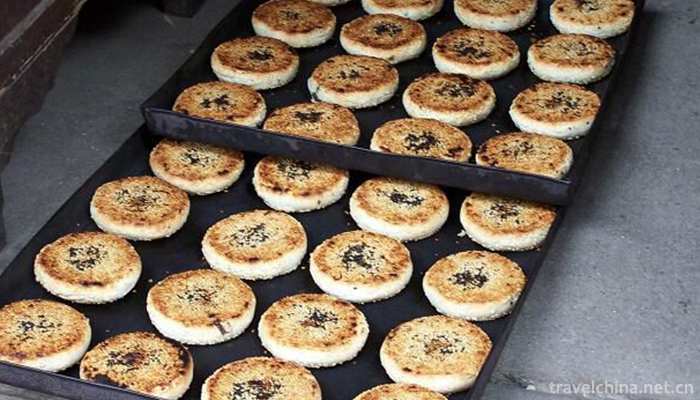
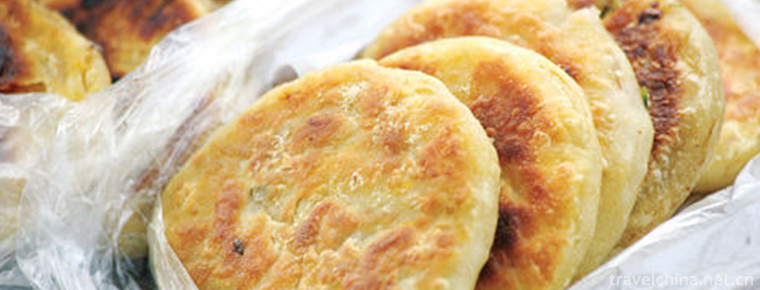
Huizhou cake
-
Hao River
Haohe River surrounds the old city of Nantong, like a gourd, like a Pearl chain, known as the "emerald necklace" of Nantong City. It is a national 5A tourist attraction.
Views: 214 Time 2018-12-06 -
Size Dongtian Scenic Spot
The Size Dongtian Scenic Area (formerly known as the Haishan Scenic Spot and Aoshan Scenic Spot) is located in the southern corner of Hainan Province, 40 kilometers west of Sanya City
Views: 406 Time 2019-01-07 -
March Street Dali
"Yuejie", or March Street of Dali, also known as "Guanyin City, also known as the March Meeting of Dali, today also known as the National Day of March Street, is a grand festival and st
Views: 216 Time 2019-04-23 -
bir bala
Kazakh is a music-loving nation, known as "horses and songs are the wings of Kazakhstan". Folk songs play a very important role in Kazakh music. Where there is a felt room of Kazakh people,
Views: 128 Time 2019-05-02 -
Legend of Peacock Flying Southeast
Peacock Flying Southeast is the earliest long narrative poem in the history of ancient Chinese literature, and also the best folk narrative poem in ancient China. Ancient Chinese folklore stories
Views: 314 Time 2019-05-10 -
Chak Chak
"Chuck Chuck" is a highly interactive dialogue between two or more people. According to the different content and language characteristics, it can be roughly divided into five types:
Views: 99 Time 2019-06-10 -
Jumping Cao Gai
Caogai jumping is prevalent in Baima Tibetan area of Pingwu and Nanping counties. It is held on the sixth day of the first month of the lunar calendar every year. Cao Gai is a Baima Tibetan phonetic t
Views: 125 Time 2019-06-21 -
Recitative
Recitation is a local traditional music form in Changzhou City, Jiangsu Province, which has a high reputation at home and abroad. The art of reciting belongs to "minority culture", which is
Views: 105 Time 2019-07-13 -
Yongchun Quan
Yongchun Quan is a traditional Chinese martial arts, a technology to stop invasion, a positive, streamlined and legitimate defense system, and the legal use of force. Compared with other traditional C
Views: 232 Time 2019-07-14 -
The position of Panzhihua
Panzhihua City is located at the junction of Sichuan and Yunnan in Southwest China, 26 ° 05 ′ - 27 ° 21 ′ N and 101 ° 08 ′ - 102 ° 15 ′ E. Jinsha River and Yalong River meet here. It borders Huili, Dechang and Yanyuan counties of Liangshan Yi Autonomous Prefecture
Views: 381 Time 2020-12-14 -
Guangan secondary industry
In 2019, the industrial added value of Guang'an City will reach 28.87 billion yuan, an increase of 8.8%, and its contribution rate to economic growth will be 34.9%. At the end of the year, there were 597 Industrial Enterprises above Designated Size, and
Views: 176 Time 2020-12-19 -
Guangan bus
In the main urban area of Guang'an City, there are not only urban buses directly to Deng Xiaoping's hometown scenic spot, Shenlong mountain Ba Ren stone city, Siyuan square, but also one-day tour through bus to Huaying Mountain, baoz
Views: 323 Time 2020-12-19
